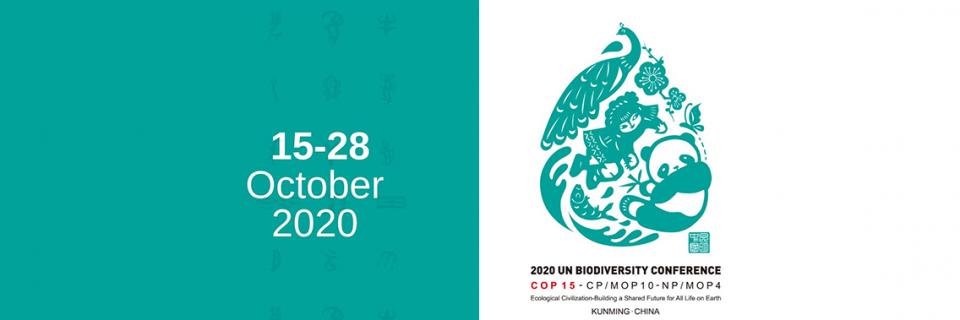Recognition of the SEEA EEA in Scientific Circles

The last few weeks saw much recognition of the SEEA Experimental Ecosystem Accounting (SEEA EEA) and its revision process in leading academic journals, and its importance in light of the post-2020 global biodiversity framework, which will be agreed at the COP-15 in October in Kunming, China.
In January, an overview article called “Progress in natural capital accounting for ecosystems” from Hein et al. was published in Science (Jan 2020). The article discusses some of the advances, opportunities and challenges of compiling ecosystem accounts and provides an overview of which countries to date have published ecosystem accounts. The article also provides supplementary materials on valuation, modeling and a list of countries and accounts compiled.
In addition, Nature ran an editorial (Feb 2020) discussing the positive role the SEEA could play in ensuring progress under the post-2020 global biodiversity framework:
“The biodiversity convention’s member states have to publish biodiversity action plans — but these are often statements of a country’s ambitions, rather than records of its achievements. For the next set of goals this has to change, and fortunately there seems to be a way forward. This is the UN System of Environmental Economic Accounting (SEEA), a mechanism for reporting environmental data, and it needs to become the global standard for environmental reporting.”
“SEEA was adopted in 2012 to encourage countries’ national statistical offices to take responsibility for collecting and reporting environmental data. Asking statistics offices to do this was a stroke of genius. These offices are already responsible for reporting national economic data to the UN. They work to the best available standards and strict deadlines — and they get the job done. Charging them with reporting environmental data ensured that these data would be treated in the same way.”
The editorial also mentioned the global indicator review that was compiled as part of the EU-funded NAVES project. This indicator review assessed a number of key indicator frameworks, and according to Nature: “analyzed that countries could use SEEA to report 34 of the 147 Aichi target indicators and 21 of the 230 SDG target indicators. This is an important start, but also indicates how much needs to be done before more goals and targets can be reported using the SEEA framework — an opportunity which researchers must not pass up.”
Finally, Burnett et al. in a letter to the editor published in Nature Ecology & Evolution (Jan 2020) argued that the SEEA would make an ideal measurement framework in support of much needed policies that aim for net-positive outcomes for biodiversity.
